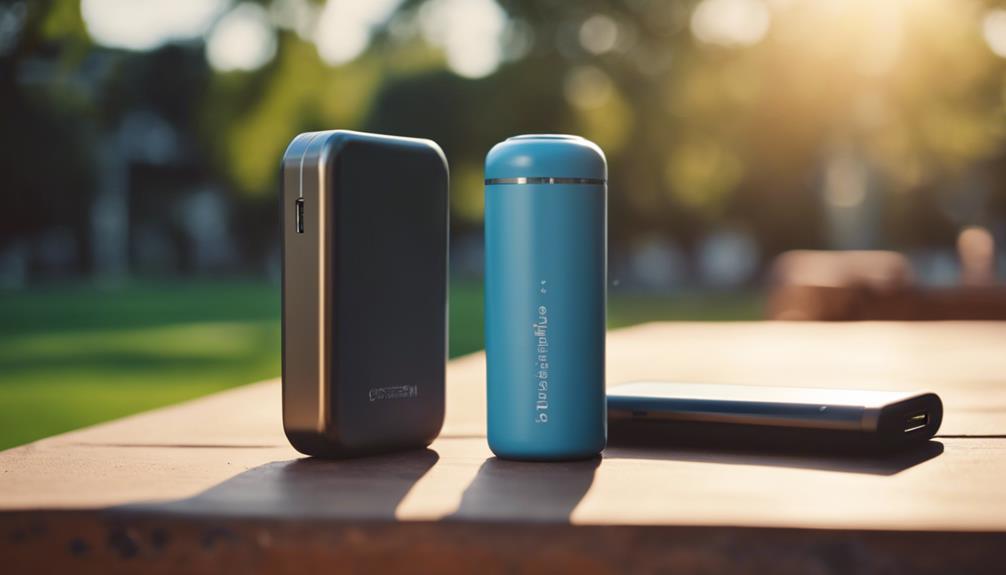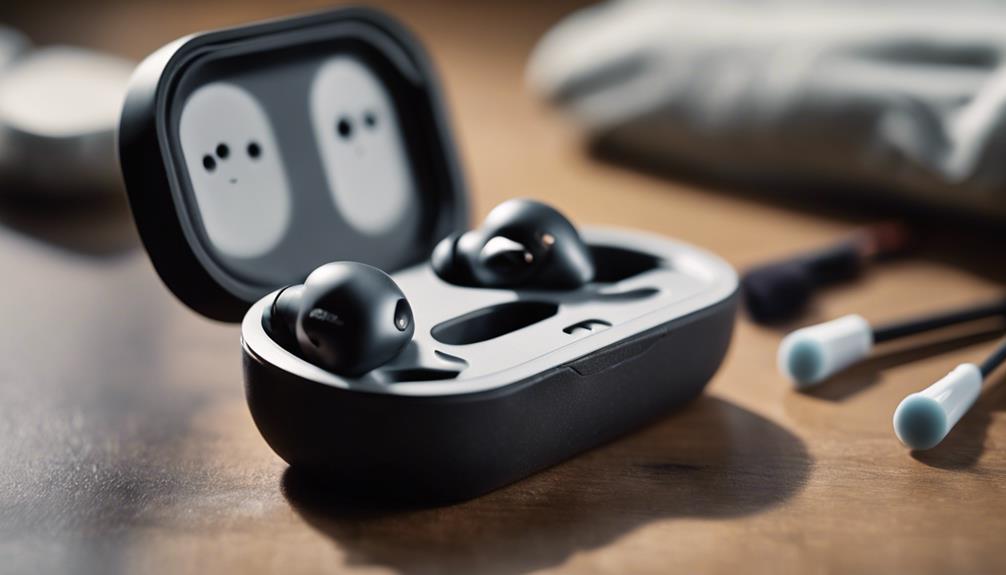
In an era where security concerns continue to surge, many individuals and businesses are seeking effective solutions to monitor their environments discreetly. One such solution that has gained popularity is the purchase and use of hidden cameras. These devices, designed to blend seamlessly into their surroundings, offer surveillance options for various applications, from enhancing home security to ensuring workplace safety and accountability. This article delves into the essential aspects of purchasing hidden cameras, including their types, functionalities, legal considerations, and tips for selecting the right device to meet specific surveillance needs. Whether you are a homeowner aiming to protect your property or a business owner looking to foster a secure environment, understanding the nuances of hidden cameras can help you make informed decisions about your security measures.
Understanding the Purpose of Hidden Cameras in Modern Security
In the landscape of modern security solutions, hidden cameras serve a multifaceted purpose that extends beyond mere surveillance. Their discreet nature allows for seamless integration into various environments, providing an unobtrusive method of monitoring activities. Businesses utilize these devices to enhance employee safety, deter theft, and maintain operational integrity. Likewise, individuals commonly resort to hidden cameras for personal security, keeping an eye on their homes or loved ones without drawing attention. Some of the primary functions of hidden cameras include:
- Theft Prevention: Visible cameras can deter would-be thieves, but hidden options capture criminal activities without alerting suspects.
- Monitoring Vulnerable Individuals: Used in homes or care facilities, they help ensure the safety of children and the elderly.
- Evidence Collection: In legal scenarios, recorded footage can provide critical evidence that supports a case.
Moreover, law enforcement agencies leverage hidden cameras during investigations, gathering information discreetly to support their operations. Advances in technology have also enhanced the accessibility and functionality of these devices, introducing features like smart connectivity, remote viewing, and cloud storage options. Below is a comparison of different types of hidden cameras available in the market today:
| Type of Camera | Resolution | Special Features |
|---|---|---|
| PIN-Hole Camera | 720p – 1080p | Extremely discreet, ideal for concealed settings |
| Body-Worn Camera | 1080p | Portable and ideal for personal security or law enforcement |
| Smart Home Camera | 4K | Integration with smart home systems, remote access |
Factors to Consider When Selecting a Hidden Camera
When selecting a hidden camera, it’s essential to assess various factors that influence the effectiveness and suitability of your purchase. One of the primary considerations is the camera’s resolution. Higher resolutions provide clearer images, which are crucial for identifying details. Additionally, you’ll want to evaluate the field of view; a wider angle may capture more of the scene, reducing blind spots. Other important features include night vision capabilities and motion detection, both of which enhance the camera’s functionality in diverse lighting conditions and trigger recording only when there is activity within its range.
Another vital aspect is the power source. Depending on your setup, you might prefer a camera that operates on batteries for easy placement or one that can be plugged into an outlet for continuous power. Consider the storage options as well; some cameras come with cloud storage capabilities, while others might store footage locally on SD cards. To help you further, here’s a brief comparison of different types of hidden cameras:
| Camera Type | Resolution | Field of View | Power Source |
|---|---|---|---|
| Mini Spy Camera | 1080p | 120° | Batteries |
| Wall Clock Camera | 720p | 90° | Plugged-in |
| Smoke Detector Camera | 1080p | 150° | Batteries |
| Wi-Fi Hidden Camera | 4MP | 85° | Plugged-in |
Types of Hidden Cameras Available on the Market
When exploring the variety of hidden cameras available, it’s essential to consider the purpose for which you’ll be using them. Common types include:
- Mini Cameras: Compact devices that can be easily concealed in various locations.
- Smoke Detector Cameras: Disguised as smoke detectors, these cameras blend seamlessly into any environment.
- Wireless Hidden Cameras: These provide flexibility in placement without the need for visible wiring.
- Clock Cameras: Functioning as ordinary clocks, they remain undetected while providing surveillance.
- Button Cameras: These tiny cameras are perfect for discreet recording, resembling common buttons.
In addition to their varied forms, hidden cameras come equipped with different functionalities to cater to diverse needs. Here is a simple table highlighting some features:
| Camera Type | Resolution | Night Vision | Storage Options |
|---|---|---|---|
| Mini Camera | 1080p | Yes | SD Card |
| Smoke Detector | 720p | Yes | Cloud Storage |
| Wireless Camera | 4K | No | Cloud/SD Card |
This variety ensures there’s a hidden camera suited to nearly any specific need, whether for home security, monitoring a caregiver, or keeping an eye on your property.
Legal Implications of Using Hidden Cameras
The use of hidden cameras can raise significant legal concerns, largely influenced by the privacy laws of specific jurisdictions. Laws vary dramatically, but common considerations include:
- Consent: In many regions, recording individuals without their consent can lead to civil and criminal liabilities.
- Expectation of Privacy: Areas where a person has a reasonable expectation of privacy, such as restrooms or bedrooms, are often protected by law.
- Purpose of Recording: The intent behind the recording—whether for personal safety, security, or surveillance—can impact its legality.
Additionally, legal outcomes can differ based on the medium and method of surveillance used. For instance, the use of wireless hidden cameras may be subject to stricter regulations compared to traditional recording devices. To illustrate, here is a simplified overview of some legal standards related to hidden camera use:
| Region | Consent Required | Privacy Considerations |
|---|---|---|
| United States | Varies by state | Strict in private settings |
| European Union | Always required | Protected under GDPR |
| Australia | Varies by state | Generally strict |
Best Practices for Installation and Usage of Hidden Cameras
When installing hidden cameras, it is crucial to follow a few essential practices to ensure optimal functionality and compliance with privacy laws. First, identify strategic locations that offer a clear view of the intended area while remaining inconspicuous. Utilize items like decorative objects or everyday appliances to blend the camera into its surroundings effectively. Additionally, ensure the camera is securely mounted to avoid accidental repositioning or tampering. Regularly check the camera angle and functionality to maintain its effectiveness over time.
For usage, familiarity with the device’s features is fundamental. Make sure to review the footage routinely to ensure everything is functioning correctly, and consider using cloud storage for easier access and backup. It’s also advisable to set recording schedules that align with your needs, allowing for efficient use of storage space without compromising on surveillance. Furthermore, be aware of the legal implications associated with hidden camera usage in your area, including consent laws, to avoid potential legal issues. Above all, respect the privacy of others, ensuring that your surveillance practices are ethical and lawful.
Top Recommended Hidden Cameras for Various Needs
When considering the best hidden cameras for various situations, it’s essential to choose devices that blend seamlessly with your surroundings while providing reliable recording capabilities. Here are some of the top options that cater to different needs:
- Mini Spy Camera: Compact and portable, these cameras are perfect for discreet monitoring in your home or office.
- Clock Camera: Ideal for covert surveillance, a clock camera can monitor your space without raising suspicion.
- USB Charger Camera: Functioning as a regular charger, this camera offers dual functionality, making it an excellent choice for home security.
- Smoke Detector Camera: A fantastic option for those who want to maintain the aesthetic of their space while ensuring safety.
To help you choose the right hidden camera, consider the following specifications:
| Camera Type | Resolution | Battery Life |
|---|---|---|
| Mini Spy Camera | 1080p HD | Up to 60 mins |
| Clock Camera | 720p HD | Up to 8 hours |
| USB Charger Camera | 1080p HD | Continuous power |
| Smoke Detector Camera | 1080p HD | Up to 5 hours |
Q&A
Q&A: Purchase Hidden Cameras
Q1: What is a hidden camera?
A1: A hidden camera, also known as a spy camera, is a device designed to record video and/or audio without the subjects’ knowledge. These cameras can be integrated into everyday objects like smoke detectors, alarm clocks, or common household items, allowing for discreet surveillance.
Q2: What are the common uses for hidden cameras?
A2: Hidden cameras are commonly used for various purposes, including but not limited to: monitoring pets or children, ensuring security in a home or business, gathering evidence in legal matters, and conducting research in fields like sociology and psychology.
Q3: Is it legal to purchase and use a hidden camera?
A3: The legality of purchasing and using hidden cameras varies by jurisdiction. In many places, it is legal to use hidden cameras in your own property for personal security. However, recording individuals without their consent, especially in private settings, may violate privacy laws. It is crucial to research and understand local laws before purchasing or using a hidden camera.
Q4: What should I consider when purchasing a hidden camera?
A4: When purchasing a hidden camera, consider the following factors:
- Purpose: Determine what you need the camera for, as different models have various features.
- Resolution: Higher resolution provides clearer images. Look for cameras with at least 1080p resolution.
- Storage capacity: Many cameras come with built-in storage or allow for external memory cards. Consider how much video footage you may need to store.
- Battery life: If you are choosing a battery-operated model, check how long the battery lasts before needing a recharge or replacement.
- Connectivity: Some hidden cameras offer Wi-Fi capabilities for remote viewing and alerts via smartphones.
- Disguise: The object the camera is hidden in should blend seamlessly into its surroundings.
Q5: Are there ethical considerations when using hidden cameras?
A5: Yes, ethical considerations are critical when using hidden cameras. It is essential to respect the privacy rights of individuals and to use hidden cameras for lawful and ethical purposes. Always consider whether the surveillance is necessary and whether consent can be obtained. Transparent practices can help avoid legal repercussions and maintain trust in personal and professional relationships.
Q6: How can I ensure the hidden camera works correctly?
A6: To ensure your hidden camera functions properly:
- Make sure it is fully charged or connected to a power source.
- Test the camera before placing it in its intended location to verify functionality and clarity.
- Regularly check the camera to ensure it remains unobstructed and continues to operate as expected.
Q7: Where can I buy a hidden camera?
A7: Hidden cameras can be purchased from various sources including online retailers, electronics stores, and specialty surveillance shops. Ensure you buy from reputable sellers to guarantee product quality and performance.
Q8: Are there alternatives to hidden cameras for security monitoring?
A8: Yes, alternatives to hidden cameras include traditional security cameras, video doorbells, motion-sensor lights, and alarm systems. These options may provide adequate security without the need for covert surveillance. Each alternative has its advantages, so it’s beneficial to consider your specific security needs before making a decision.
In Retrospect
purchasing a hidden camera can serve various purposes, from enhancing home security to monitoring behaviors in specific environments. When considering a hidden camera, it is essential to evaluate factors such as legality, purpose, features, and installation requirements. By understanding the different types of hidden cameras available and assessing your specific needs, you can make a more informed decision that aligns with your objectives. Always remember to prioritize ethical considerations and privacy regulations in your usage. Armed with the right information, you can effectively navigate the market for hidden cameras and select a solution that meets your requirements.





